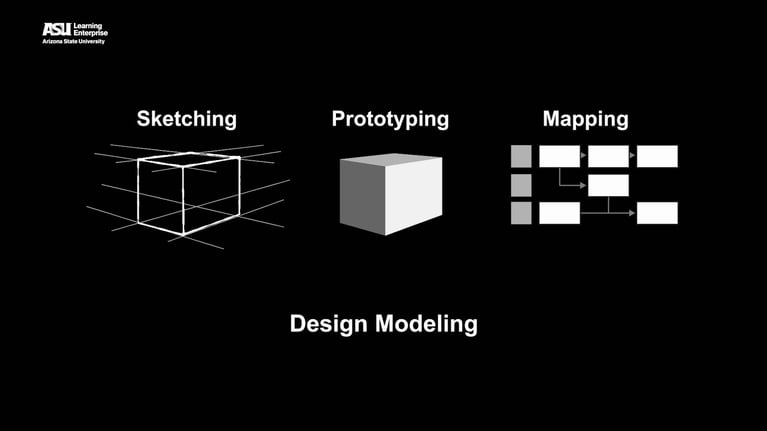What is the difference in creativity vs innovation? While creativity is a shared characteristic among various species, innovation requires conscious effort and discipline to turn creative ideas into valuable and recognized outcomes. Vincent van Gogh is an example of a great creative mind who became influential and famous after his death thanks to Johanna van Gogh-Bonger's innovative promotion of his works. When exploring creativity and innovation, is it more important to generate value or capture it?
To explain why I consider Vincent van Gogh to be a great creative but a lousy innovator, I must first clarify the difference between being creative and being innovative.
Creativity is not a privileged state belonging only to some human beings; it is a characteristic we have in common, even with other species.
In fact, scientific research has shown that many animals, like chimpanzees, crows, orangutans, elephants, dolphins, sea otters, and octopuses, among others, are highly creative.
Creativity has been demonstrated as a key to survival in many species. Further, research has also shown that other animals may have evolved slower than humans because their creativity is limited to the point where they cannot improve the solutions they observe from other species; that is, they can't innovate.
Creativity is something you can learn and improve based on the risks you're willing to take, and the experiences that expose you to different challenges and contexts. We can define creativity as the ability to generate value with an idea, in which that idea is the value itself; therefore, having a new idea, thinking differently, without considering its level or originality, is creative.
While creativity is something that we share with most living beings, innovation is something that must be consciously sought, and it requires discipline to evolve your creative ideas into innovations.
Innovation is about gaining the most from an idea, learning more, benefiting a greater amount of the population, implementing the idea successfully, and making it recognizable to a broader audience; while the creative generates ideas; the innovator profits from them!
Take, for example, the brilliant post-impressionist painter Vincent van Gogh; Today, his paintings are among the most expensive, and his genius is unquestionable. While he created more than 2,100 works during his life, he was not successful and was considered a failure; he died young, in poverty, practically without selling a single picture, surrounded by tribulations.
He was a great creative mind, but he only became one of the most famous and influential figures in Western art history after his death. This is thanks to Johanna van Gogh-Bonger, the painter's sister-in-law.
After both Vincent and his brother Theo had died, plagued with debts and doubts; without experience in art or business and facing a macho world, Johanna took to the task of promoting more than 400 works and letters that Van Gogh left. She sold not just the art but the artist and his way of thinking.
Forgotten by the history of art for decades, Jo was finally recognized as the force that opened the world's eyes to his genius.
She was innovative because she managed to capture value with the ideas that Vincent generated, making the work of Vincent survive his own darkness.
Now that we know how Van Gogh became Van Gogh. So what do you think is more important: generating value or capturing it?


